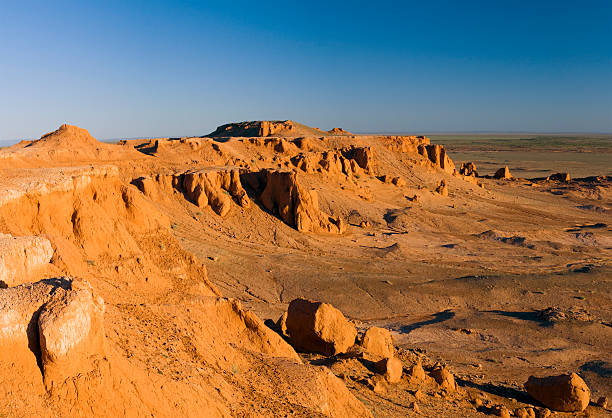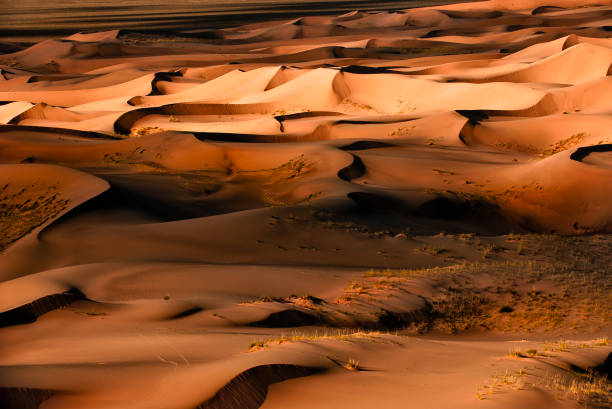Gobi Desert, China
The Gobi Desert is a vast, desolate region with temperatures reaching over 150 degrees Fahrenheit, and it has nothing to do with the cartoon character. The Silk Road was a historic commercial route that connected China to Europe through Central Asia. It is well-known for its significance in the Mongol Empire and as an important station on the Silk Road. One of the most incredible experiences you may have in India is an adventure trip to the Gobi Desert, where temperatures of over 50 degrees Celsius (122 degrees Fahrenheit) are the norm during the summer months. In the winter, temperatures can fall below -20 degrees Celsius (-4 degrees Fahrenheit).
Only around 300 types of plants that thrive in the Gobi Desert contribute to the region's flora. Saxaul, elm, poplar, tamarisk evergreen shrub, and nitraria are drought-tolerant plants that thrive in long-rooted, low-crowned woody, shrubby valleys and streams. Some of the land is even coated with black dirt. You may take a detour to the Dabaozhang fossil site in China. There are prehistoric animal fossils, such as enormous dinosaurs, as well as species such as Bactrian camels, Siberian ibex, and Gobi brown bears.
The Gobi region has a particularly distinct fauna that is suited to the region's temperature, surface, and soil characteristics. The first thing that springs to mind when people think of the Gobi is sand. When the wind blows in the Gobi, very thin grains of sand are swept away, creating a whispering sound that sounds like a song if you listen attentively.

















